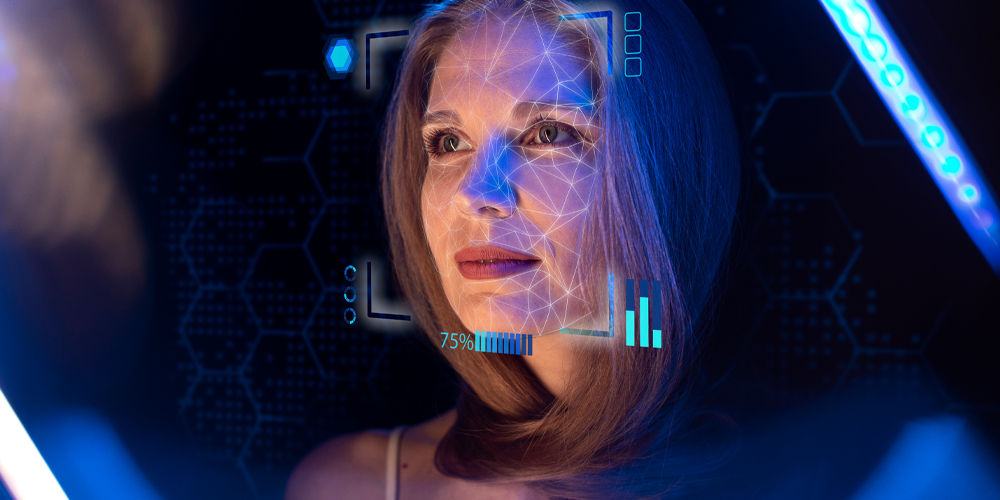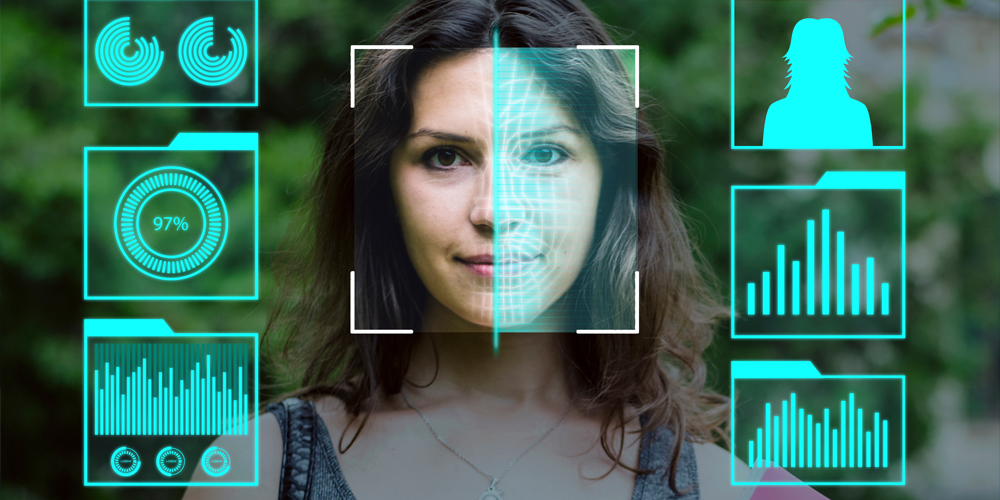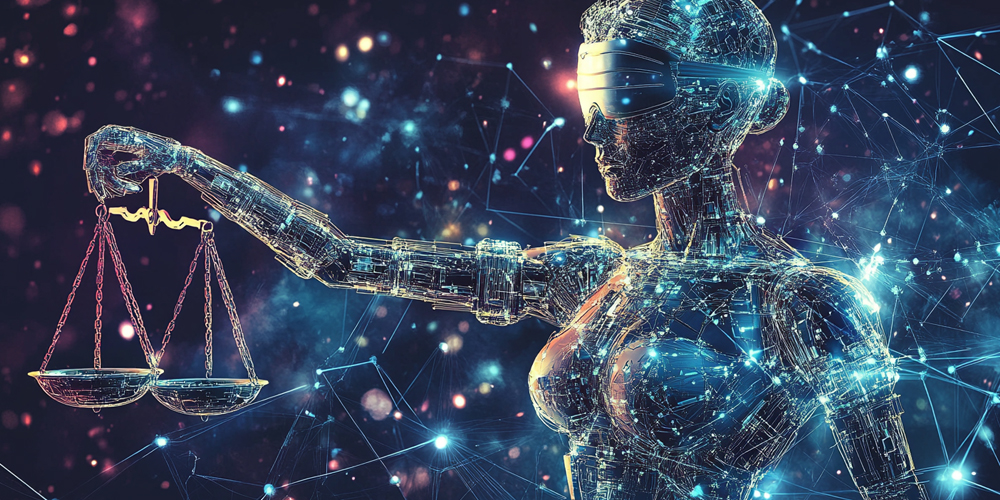The Future of Facial Recognition: Trends and Challenges
Facial recognition technology has rapidly evolved over the past decade, becoming a significant tool in various sectors, including security, retail, and even personal devices. With the capacity to identify individuals by analyzing their facial features, this technology has transformed how we interact with the digital world. However, as it becomes more prevalent, it also faces numerous challenges and ethical concerns. This article will explore the latest trends in facial recognition technology, the challenges it faces, and what the future may hold.
Understanding Facial Recognition Technology
Facial recognition technology works by capturing and analyzing facial features to identify or verify individuals. Using advanced algorithms, it compares live images or video frames with databases containing stored images. The technology’s core relies on artificial intelligence (AI) and machine learning (ML), enabling systems to improve their accuracy and efficiency over time.
How Facial Recognition Works
The process begins with a camera capturing an image of a face. The system then processes the image, identifying key facial landmarks such as the distance between the eyes, the shape of the nose, and the contour of the jawline. These features are transformed into a unique digital representation called a faceprint. This faceprint is then compared against a database of stored faceprints to find a match.

Current Trends in Facial Recognition
1. Enhanced Accuracy and Speed
One of the most significant advancements in facial recognition technology is the improvement in accuracy and speed. Modern algorithms utilize deep learning techniques that analyze vast datasets to refine their identification processes. For instance, systems can now accurately recognize faces even in challenging conditions, such as poor lighting or when the face is partially obscured. This enhanced capability makes facial recognition more reliable for applications like security screening in airports and border control.
2. Integration with Other Technologies
Facial recognition is increasingly being integrated with other technologies, such as augmented reality (AR) and the Internet of Things (IoT). For example, retailers are using facial recognition alongside AR to create personalized shopping experiences. As a customer approaches a display, the system can recognize them and provide tailored product recommendations. Similarly, smart home devices can utilize facial recognition to identify users and customize settings according to individual preferences.
3. Expanding Use Cases
Facial recognition technology is finding its way into various industries beyond security. In healthcare, it is used for patient identification and tracking. In finance, banks implement facial recognition for secure transactions and customer verification. As organizations recognize the benefits of this technology, its applications are expected to grow, offering new ways to enhance user experiences and operational efficiencies.
Challenges Facing Facial Recognition Technology
1. Privacy Concerns
As facial recognition becomes more widespread, privacy concerns have surged. Many individuals fear that their faces are being constantly monitored without their consent. This technology can enable mass surveillance, leading to ethical dilemmas regarding personal privacy rights. Striking a balance between security and individual privacy is critical, and discussions around regulations are gaining momentum.
2. Bias and Inaccuracy
Another pressing challenge is the issue of bias within facial recognition systems. Research has shown that these systems often perform less accurately on individuals with darker skin tones or women, leading to higher rates of misidentification. This bias stems from training data that lacks diversity, underscoring the need for more representative datasets to train algorithms. Addressing this issue is crucial to ensure fairness and accuracy in identification.
3. Regulatory and Legal Issues
The rapid development of facial recognition technology has outpaced regulatory frameworks. Governments worldwide are grappling with how to legislate its use effectively. Many regions have implemented bans or moratoriums on facial recognition in public spaces due to privacy concerns. As the technology continues to evolve, comprehensive regulations will be necessary to address these challenges while fostering innovation.
The Future of Facial Recognition
Facial recognition technology has rapidly evolved, yet its future presents both exciting opportunities and significant challenges. As the technology becomes more integrated into everyday life, several key trends are likely to shape its trajectory, particularly regarding regulations, ethical considerations, and technological advancements.
Improved Regulations
With growing awareness of privacy concerns and biases associated with facial recognition, there is an increasing demand for improved regulations. Governments and regulatory bodies are beginning to recognize the need for transparency in how facial data is collected and used. Future regulations will likely emphasize individual control over personal information. This means users will have more rights regarding their data, including how it is stored, shared, and potentially deleted.
Organizations that deploy facial recognition technology will need to comply with these regulations. Compliance may involve regular audits, clear data usage policies, and transparent communication with users. By fostering an environment where privacy and security coexist, these regulations aim to build trust between the public and the technology providers. Ultimately, such regulations will not only protect individual rights but also promote responsible use of facial recognition technology in society.
Ethical Considerations
As the facial recognition industry matures, prioritizing ethical considerations becomes increasingly essential. One major concern is the potential for bias in facial recognition systems. If these systems are primarily trained on homogenous datasets, they may perform poorly on diverse populations, leading to inaccuracies and unjust outcomes.
To combat bias, companies must implement rigorous testing across varied demographics. This involves ensuring that systems are evaluated on their effectiveness in recognizing faces from different ethnicities, genders, and age groups. Additionally, organizations should strive for inclusivity in their development teams, as diverse perspectives can lead to more equitable technology. By addressing these ethical challenges, the industry can build public trust and ensure that facial recognition technology serves all individuals fairly.
Advancements in Technology
The future of facial recognition is also promising in terms of technological advancements. Continuous progress in artificial intelligence (AI) and machine learning (ML) will lead to more accurate and reliable systems. Researchers are exploring innovative techniques, such as 3D imaging and multispectral imaging, which can significantly enhance recognition capabilities.
3D imaging allows for a more comprehensive understanding of facial features by capturing the depth and contour of a face. This reduces the reliance on 2D images, which can be affected by varying lighting and angles. On the other hand, multispectral imaging uses multiple wavelengths of light to capture details that are invisible in standard images. This technology can improve accuracy, especially in challenging environments or conditions.
As these advancements take place, the efficacy of facial recognition systems will improve. This means fewer false positives and negatives, which is crucial for applications ranging from security to personalized customer experiences. Moreover, improved accuracy will also reduce the ethical implications associated with biased results, allowing the technology to be implemented more confidently across various sectors.

The Road Ahead
While the future of facial recognition technology holds promise, it is vital to navigate the complexities associated with its growth. The collaboration between stakeholders, including technology developers, policymakers, and the public, will be essential in shaping a responsible and ethical framework for this technology.
By focusing on improved regulations, ethical considerations, and continuous technological advancements, we can harness the full potential of facial recognition technology. These measures will help ensure that the benefits of the technology are realized while minimizing the risks associated with privacy violations and bias.
Ultimately, the future of facial recognition technology will depend on our ability to balance innovation with responsibility. As we move forward, it is crucial to prioritize the ethical implications and societal impacts of this technology, ensuring it serves as a tool for positive change rather than a source of division.
Conclusion
The future of facial recognition technology is both promising and complex. As advancements continue to enhance accuracy and broaden applications, the challenges of privacy, bias, and regulation must be addressed. By fostering ethical practices and developing robust regulatory frameworks, society can harness the benefits of facial recognition while minimizing its risks. Ultimately, the goal is to create a future where technology empowers individuals and organizations alike without compromising fundamental rights.





